There are some concerning similarities between St Kilda’s recent recruiting spree and Brisbane’s doomed 2009 strategy.
Few things will leave an AFL club as open for scathing criticism as a recruiting gambit gone wrong. None the least because it often seems to go hand-in-hand with having overrated a playing list.
And that’s where St Kilda finds itself nearly halfway through the 2021 season. The Saints are an easy target right now, having turned in a series of shocking, spiritless performances after loading up on senior talent from other clubs.
Unlike some, I’m not prepared to write them off totally yet. I’ve written elsewhere this week that I think even the best sides now are perhaps more prone to some particularly bad days, albeit not the four stinkers the Saints have turned in thus far.
But there is a disturbing similarity starting to emerge for St Kilda. And it’s with the Brisbane team which made finals in 2009, loaded up on senior trade-ins from other clubs, and promptly nosedived into a mediocrity from which it didn’t emerge for nearly a decade.
Like the Saints last year, Brisbane managed to win an elimination final, was found well short of the mark in a semi-final loss, but understandably was optimistic about the future.
That off-season, it traded in half-a-dozen players from other clubs. Brendan Fevola remains the obvious poster boy for that misstep, but there was also Brent Staker, Xavier Clarke, Amon Buchanan and Andrew Raines, while a draft choice was used on Matt Maguire.
Brisbane promptly fell from sixth to 13th, and wouldn’t again finish any higher on the ladder than 12th until two years ago. Fevola and Clarke were gone in a year, Buchanan three, and none of Maguire, Raines or Staker were able to play significant parts in any Brisbane upturn.
Worse still, the now unsettled and under-performing Lions became something of an “anti-destination club”, Brisbane famously losing a swag of five draftees in Elliot Yeo, Jared Polec, Sam Docherty, Billy Longer and Patrick Karnezis a couple of years later.
Only the arrival of Chris Fagan as coach in 2017 saw Brisbane start to recover in a meaningful way, the “foreign legion” strategy having in retrospect fractured the cohesion of a playing list and costing the Lions important draft picks.
The obvious advantage St Kilda has now over the Brisbane scenario is, as a Victorian club, the absence of a “go-home” factor. The other significant difference is that the Saints’ introduction of talent could be justly argued to have played a big role in last year’s finals finish. Dan Butler, Zak Jones and Paddy Ryder all finished in the best-and-fairest top 10. Dougal Howard offered plenty. And even the much-maligned Brad Hill was at least serviceable.
But as St Kilda president Andrew Bassat hinted this week in a letter to members, perhaps 2020 wasn’t a great year to be making big judgements. It was a shortened season. The Saints, unlike this year, had a good run with injury. And they coped with life in a Queensland hub better than some other clubs.
PLEASE HELP US CONTINUE TO THRIVE BY BECOMING AN OFFICIAL FOOTYOLOGY PATRON. JUST CLICK THIS LINK.
What you can’t help but wonder, now things have turned pear-shaped, is whether St Kilda had enough stability and leadership in its already-established player group to withstand the arrival of so many players, yes, even experienced ones, for whom the club’s ways and culture are still something being learned. It’s certainly been a big group of “blow-ins”.
With the arrival in 2021 of Brad Crouch, Jack Higgins, James Frawley, Shaun McKernan and Mason Wood, St Kilda currently has no fewer than 12 players on its books who have played senior AFL football elsewhere.
Even the most obvious examples of clubs who have recruited via senior-experienced players with success haven’t done it to this extent. They also haven’t done it so quickly, and have done it with player groups whose leadership was already sound and highly respected.
Hawthorn in 2015, for example, had 10 players who’d come from rival AFL clubs. But that group had been introduced over time. Shaun Burgoyne and Josh Gibson, for example, had been part of the Hawks’ list since 2010. David Hale, Jack Gunston, Brian Lake, Ben McEvoy and Frawley arrived – one each year – over the next five seasons.
Not only were the new arrivals small in number each time, breeding less of a feeling of a whole batch of primary school kids starting secondary school at once, but it was pretty hard to top the leadership examples long laid down by the likes of Luke Hodge, Sam Mitchell, Jordan Lewis, Jarryd Roughead etc., etc.
Ditto Geelong now. The Cats have 10 players from other AFL clubs on the books, only two less than the Saints. But Patrick Dangerfield and Lachie Henderson are in their sixth year at the Cattery in 2021, Rhys Stanley his seventh, and Zac Tuohy his fifth.
And again, the likes of Joel Selwood, Tom Hawkins, Mitch Duncan and Cam Guthrie were the obvious drivers of whatever example the newcomers were about to step into.
St Kilda’s leadership group from 2020 provides an interesting contrast. Hill, one of those appointed to an official position, at that stage yet to have even played a game for the club. Another – Dylan Roberton – was dealing with his serious heart issue, and another, Jack Billings, is yet again now the subject of trade speculation.
Sure, not every club is fortunate enough to have a Hodge, Mitchell or Selwood as the alpha voice leading the way. But take a group with less certain and trusted leaders and a larger-than-usual influx of newcomers; not kids, but players already with their own versions and examples of how things should work, and you have a challenge on your hands to have everyone pulling unerringly in the one direction.
Again, I’m not prepared just yet to consider St Kilda’s list strategy a failed gambit. But the Saints would be rightly concerned about the longer-term ramifications of it backfiring, far more than just fretting about following up last year’s finals appearance.
Because as the Brisbane example from 2010 illustrated starkly, getting it wrong can help send a whole club southward for more than just a season or two.
This article first appeared at ESPN.

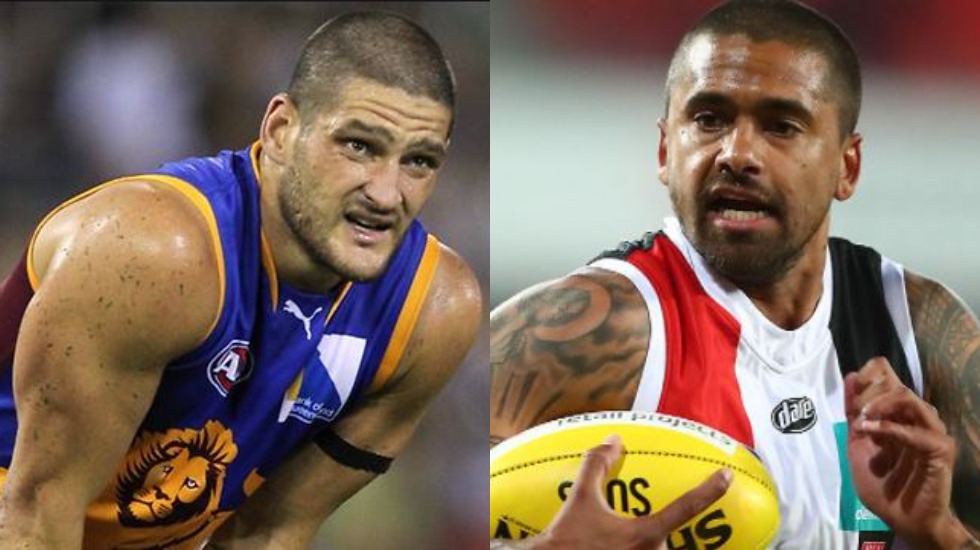
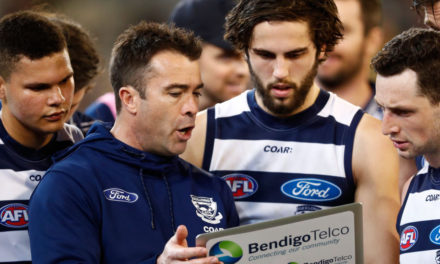
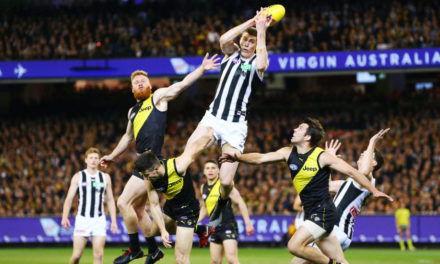
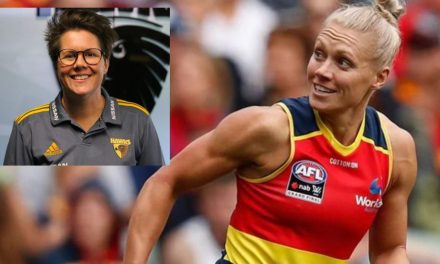
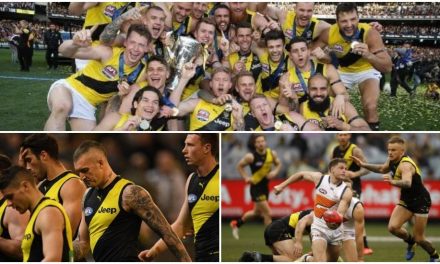
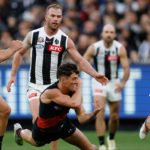



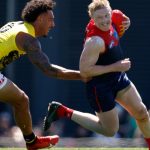

Hello Rohan fairly brutal but honest article. No mention of Jack Steele (pity we don’t have 2 or 3 more like him!) Is it too early to talk about cloning? Carlisle has been more than serviceable player….back surgery does not bode well (Essendon recruited Darcy Parish #5). Xavier Clarke was an excellent player who took a serious knee injury to Brisbane as did Goose Maguire (broken leg). Why TF did StKFC trade away McEvoy to Hawthorn? (terrible list management). Two older players Geelong scooped up Smith (Haw) and Higgins (NM) seemed to have worked. St Kilda were victims of the greatest skulldugerry when they swapped Ian Stewart (won 2 premierships and a Brownlow) for Bill Barrett 2 frickin’ games, to Richmond. And so it frickin’ goes. (that is the sound of my grinding teeth) See you in the outer Ro.